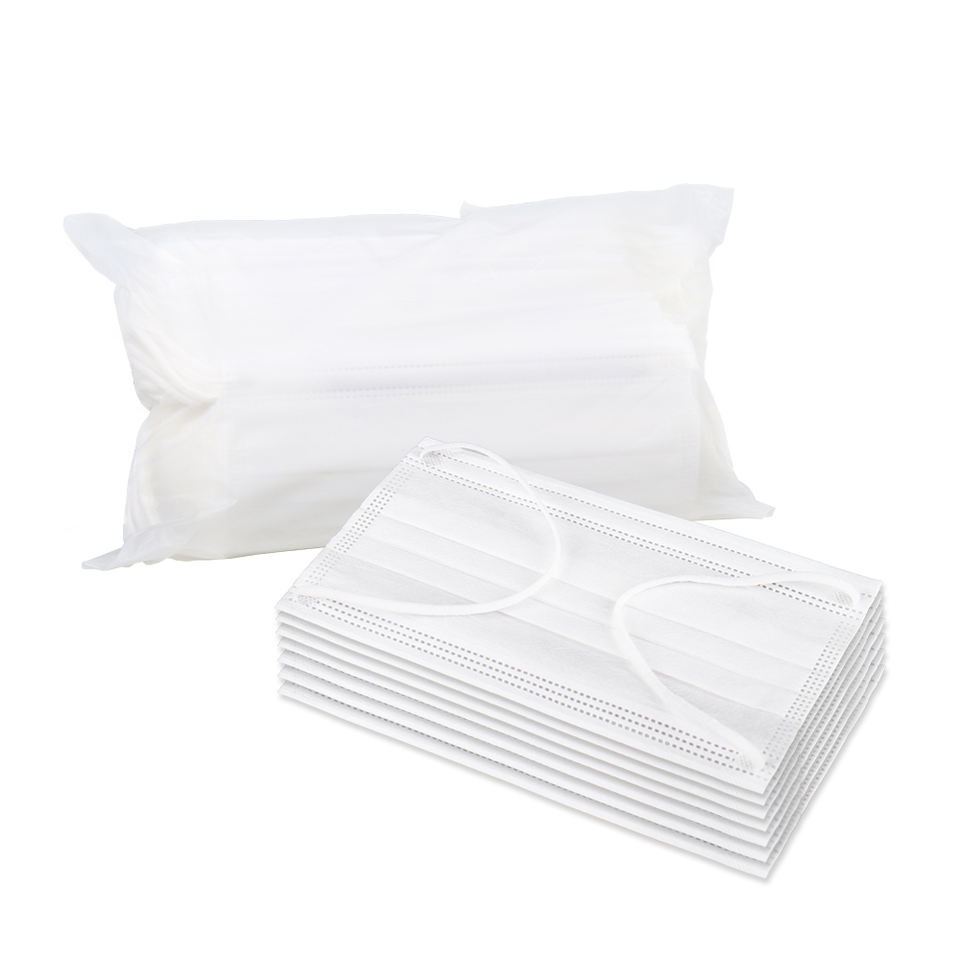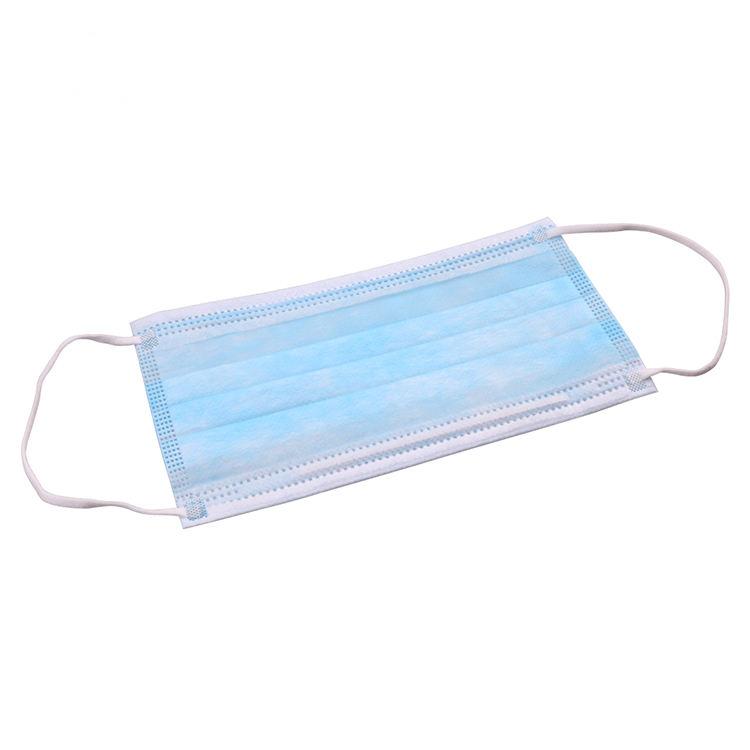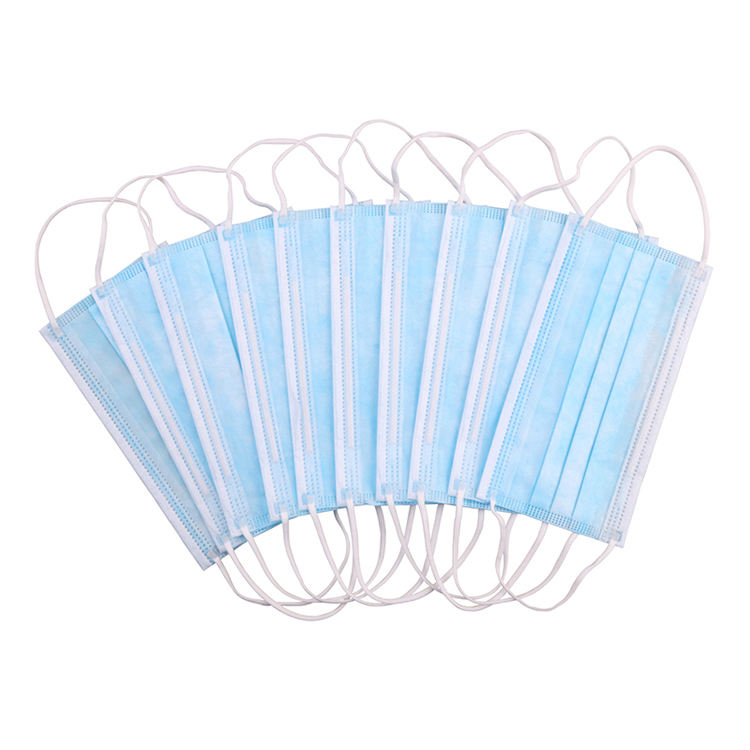Need Waterproof Safety Clothing—Durable, Certified?
Waterproof safety clothing in the real world: specs that actually matter
Storms don’t schedule meetings. Crews get soaked, grip slips, temp drops, and productivity tanks. That’s where waterproof safety clothing earns its keep—on windy scaffolds, muddy verges, and early-morning load bays. I’ve spent enough time on sites to know: the label on the tag is one thing; how a jacket behaves after six filthy shifts is another.

Trends I’m seeing
- PFAS-lite or PFAS-free DWR finishes are rising fast (environment, regulations, you know the story).
- EN 343:2019 Class 4 waterproofing with Class 3–4 breathability (RET ≤ 15 m²·Pa/W) is becoming the baseline for premium rainwear.
- Bio-based materials creeping in—surprisingly durable when engineered right.
Technical backbone (quick, but not fluffy)
Good waterproof safety clothing mixes a tough face fabric (often 150–300D polyester) with a membrane (PU or ePTFE) and sealed seams (taped or ultrasonic). Look for:
- EN 343:2019 Wp Class 3–4 and breathability Class 3–4.
- Hydrostatic pressure by ISO 811; some labs also cite AATCC 127 (results aren’t 1:1 comparable, so check methods).
- Seam leakage tests and rainfall simulation. Real-world use may vary with grime and washing cycles.

Product spotlight: Face mask and Ear muffs (site-ready companion)
Not strictly a jacket, but it pairs with waterproof safety clothing in foul weather and high-spray zones. Many customers say they prefer bio-based materials against the skin—less plasticky feel, better all-day wear.
| Product | Face mask and Ear muffs |
| Materials | PLA nonwoven + PLA meltblown 30G/40G; PLA&PBAT nose bar; PLA & Spandex ear band |
| Filter rating | 98% (Type IIR performance) |
| Standards/Certs | EN 14683 Type IIR; SGS tested |
| People | Adult |
| Origin | 26 YongPing Road, Northern Industrial Base, Hengshui City, Hebei, China |
Applications that punish gear
- Construction and scaffolding: constant abrasion; taped seams must hold.
- Utilities and road crews: kneeling on wet surfaces; knee panels need reinforcement.
- Ports, offshore, and mining: salt spray—watch for DWR degradation over time.
- Agribusiness and logistics: long hours; breathability matters more than you think.

Vendor snapshot (rough-and-ready comparison)
| Vendor | Certs/Standards | Lead Time | Customization | Notes |
|---|---|---|---|---|
| Good Safety Helmet (Hengshui) | EN 14683 Type IIR; SGS. Can align with EN 343 rainwear lines. | ≈15–30 days | Logos, colors, packs | Bio-based materials are a plus |
| Global Brand A | EN 343, ISO 20471, ISO 11092 | 30–45 days | Broad catalog | Premium pricing |
| Regional Supplier B | EN 343 Class 3 | 10–20 days | Limited | Value-focused |
Process flow and testing (how the sausage is made)
Materials → pattern cutting → seam sealing (tape or ultrasonic) → DWR finish → lab tests (EN 343 Wp/RET, ISO 811 hydrostatic) → size run → pilot wear trial. Service life? Around 2–3 seasons or ≈50 wash cycles under ISO 6330, assuming routine cleaning. Keep chemicals mild; over-washing kills DWR, to be honest.
Customization
- Hi-vis per EN ISO 20471, heat-applied logos, pocket mapping for radios.
- Arc-rated layering (NFPA 70E) where electrical tasks overlap with rain risk.

Quick case study
A coastal utility swapped legacy rain suits for EN 343:2019 Class 4 gear, paired with Type IIR masks during high-spray tasks. Downtime on storm days dropped ≈18% in the first quarter; crews reported “less clammy” wear and fewer seam leaks. Not perfect—some abrasion at cuffs—but a net win.
What to check before you buy
- Verified EN 343 class on garment and seam tests, not just fabric.
- RET values from ISO 11092, not marketing copy.
- After-wash performance data; real-world use may vary.
References
- EN 343:2019 Protective clothing—Protection against rain. CEN/BSI overview.
- EN 14683:2019+AC:2019 Medical face masks—Requirements and test methods.
- ISO 811:2018 Textiles—Hydrostatic pressure test (water penetration).
- ISO 11092:2014 Textiles—Physiological effects—Measurement of thermal and water-vapour resistance.
-
Essential Guide to Safety Helmets for the Oil and Gas Industry
NewsNov.24,2025
-
Essential Guide to Safety Helmet for Baby – Protect Little Explorers with Confidence
NewsNov.24,2025
-
Comprehensive Guide to Safety Helmet Factory – Global Insights & Innovations
NewsNov.23,2025
-
Rockman Safety Helmet: Ultimate Industrial Head Protection Guide
NewsNov.23,2025
-
Race Safety Helmet – Essential Protection for Motorsport Champions
NewsNov.22,2025
-
Offshore Safety Helmet Guide: Protecting Workers in Harsh Marine Environments
NewsNov.22,2025
